RAG
Retrieval-Augmented Generation (RAG) is an innovative approach in the field of artificial intelligence that enhances the capabilities of large language models (LLMs). By integrating external knowledge sources, RAG allows AI systems to access real-time information and generate more accurate, contextually relevant responses. This hybrid technique combines the strengths of traditional generative models with retrieval mechanisms, enabling AI to provide tailored answers based on up-to-date data. As a result, RAG is becoming increasingly vital for applications requiring reliable and trustworthy outputs, making it a cornerstone of modern generative AI technologies 24.
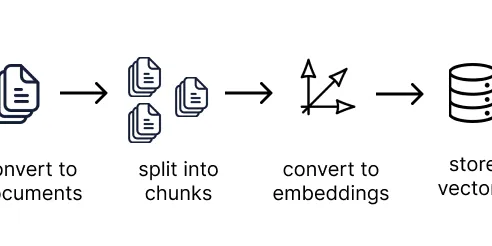
Wild Wild RAG… (Part 1)
Let’s begin by understanding what exactly an RAG Application is, a term that has garnered significant attention in recent months. RAG (Retrieval-Augmented Generation) is an AI framework that enhances...
📚 Read more at Towards AI🔎 Find similar documents

Explaining RAG in Layman’s Terms
Have you ever wondered how AI applications, including large language models (LLMs), can provide up-to-date information or even recall knowledge that wasn’t part of their original training? This is whe...
📚 Read more at The Pythoneers🔎 Find similar documents
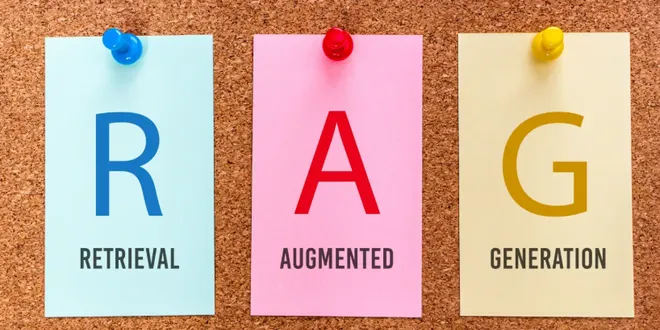
Diving into Retrieval-Augmented Generation (RAG): Complete Guide
What is RAG? Retrieval-Augmented Generation (RAG) is a technique that enhances Large Language Models (LLMs) by combining them with external knowledge retrieval systems. Instead of relying solely on th...
📚 Read more at Towards AI🔎 Find similar documents
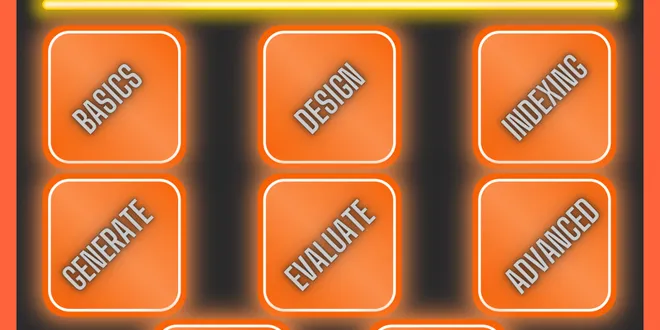
Around the R.A.G. in 80 Questions — Part I
R etrieval Augmented Generation, or RAG, stands as a pivotal technique shaping the landscape of applied generative AI. A novel concept introduced by Lewis et. al., in their seminal paper Retrieval-Aug...
📚 Read more at Towards AI🔎 Find similar documents

RAG Using Langchain
RAG, or Retrieval-augmented generation, is a method that boosts the precision and dependability of generative AI models by incorporating factual information retrieved from external sources. How does ...
📚 Read more at Python in Plain English🔎 Find similar documents
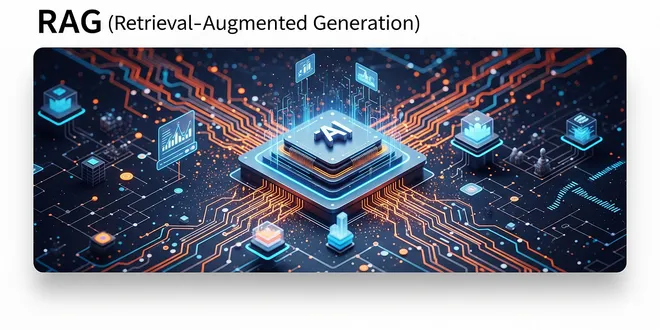
RAG (Retrieval-Augmented Generation)
The AI Brain With a Library Card Continue reading on Level Up Coding
📚 Read more at Level Up Coding🔎 Find similar documents

Improving RAG Performance Using Rerankers
Introduction RAG is one of the first tools an engineer will try out when building an LLM application. It’s easy enough to understand and simple to use. The primary motive when using vector search is t...
📚 Read more at Towards Data Science🔎 Find similar documents

A Simple Framework for RAG Enhanced Visual Question Answering
Empowering Phi-3.5-vision with Wikipedia knowledge for augmented Visual Question Answering. Photo by Christian Lue on Unsplash Introduction Retrieval Augmented Generation (RAG) is a powerful techniqu...
📚 Read more at Towards Data Science🔎 Find similar documents

A Complete Guide to RAG
If you haven’t heard about RAG from your refrigerator yet, you surely will very soon, so popular this technique has become. Surprisingly, there is a lack of complete guides that consider all the nuanc...
📚 Read more at Towards AI🔎 Find similar documents
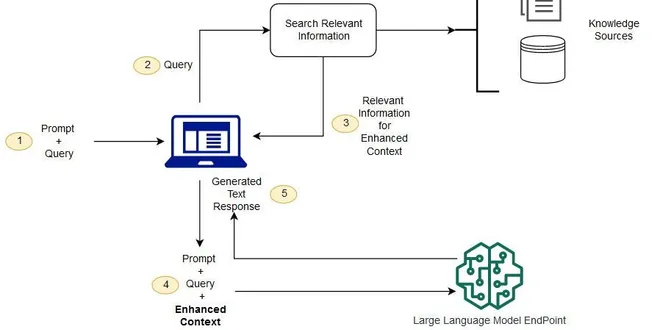
Understanding RAG: Retrieval-Augmented Generation
Today, RAG stands as one of the most significant business applications of LLMs, making it increasingly vital to grasp its processes… Continue reading on Level Up Coding
📚 Read more at Level Up Coding🔎 Find similar documents
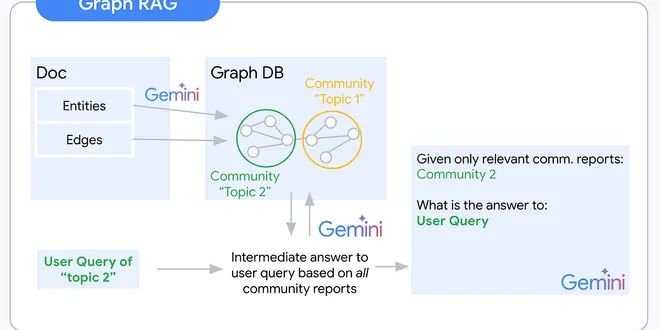
Graph RAG — A conceptual introduction
Graph RAG — A Conceptual Introduction Graph RAG answers the big questions where text embeddings won’t help you. Retrieval Augmented Generation (RAG) has dominated the discussion around making Gen AI ...
📚 Read more at Towards Data Science🔎 Find similar documents

Showcasing Different Approaches for Implementing Multilingual RAG
Image Generated by Microsoft Copilot Retrieval-Augmented Generation (RAG) Large language models inherently possess a significant body of factual relational knowledge [1]. However, these models still e...
📚 Read more at Towards AI🔎 Find similar documents

